CTIA 2007
Remember how high school football coaches would say something like "we're not re-building, just re-loading" when their team was having an off-season? Well it took Kyocera a few years but they're coming back with guns blazing. The company has taken their popularity at the entry-level and embraced it. They're showing off a line of phones that are entry level, but don't look like knock-offs.
These are still entry-level phones, so they're not made of expensive materials and they don't high end features, but they're solid, interesting, and thanks to new software, they're pretty easy to use too.
Take everything you think about the Strobe and throw it out before judging Kyocera's second attempt at a messaging phone. The M1000 isn't going to win any beauty contests - it's just a simple metallic colored rectangle, like a mini-V. (The color is impossible to describe - is it bronze? pewter? tarnished silver? No one could say.) But it's an improvement over the gimmicky looks of the Strobe.
But the big improvement is not its looks, but how it works. Both the internal and external screens are bigger and are now TFT so they're much brighter. The QWERTY keyboard inside the clamshell is shockingly good. It is split down the middle with a D-pad and huge space bar between the left and right sides. The keys are nearly silent but they have this great click feel to them, and they are spaced just far enough apart that it's easy to touch type. It's honestly better than keyboards on some much more expensive smartphones.
And when you are holding it to type, that's when you notice the back. The sides curve around into this large pad of dimpled rubber, which creates a comfortable, non-slip surface to hold the M1000 by.
The E5000 is the other Kyocera everyone will talk about. It has one of the most unique hinges we've seen on a phone in the US. The top half attaches to the left of the hinge, and the bottom to the right, so the phone creates an S shape when open. When closed the E5000 is an curvy organic blob of silvery plastic. When open, the inside is all black.
There are external touch-sensitive music controls below a color screen, and a flat, but usable keypad inside paired with a large, sharp screen as well. It also packs a surprising number of features including EV-DO, stereo Bluetooth and a 1.3 Megapixel camera.
The E2000 has the same features as the E5000 but in a more mundane shell. It is an all-black rectangle with curved, rubbery edges, but smooth on the top and bottom. Like LG's 8700, the E2000 has a backward facing hinge that was solid and easy to flip open with one hand thanks to the shape of the phone's sides.
The keypad is made of large square keys that sit edge to edge. At the top there is a large square D-pad with a raised center select key. While the keypad was usable, the D-pad was pretty disappointing. It was stiff and unresponsive.
Unfortunately, the E1000 we got to play with was a very early build, which it would be unfair to judge. It's most notable feature is sides that curve in towards the center of the phone instead of towards the outside edges to make the phone easier to open with one hand. However we found the E2000 significantly easier to whip open one handed.
Kyocera also showed off the S1000, a low-end model for prepaid carriers. Like the FONE, the S1000 features a black and white interface with simplified features. We found it easier to use than the FONE, however, as the interface was less gimmicky. It uses a standard monochrome LCD, but has a color wallpaper behind it like the external display on the LG C1500 or C2000.
These Kyoceras only have company-assigned model numbers now, but as carriers announce them, they will most likely be given names.
Kyocera was also showing off an EV-DO Rev. A Express Card. Users of Kyocera's original EV-DO PC card will attest that it was often faster and more reliable than cards from other manufacturers, and Kyocera has told us to expect the same sort of performance this time around. The card has hidden LEDs by the antenna that will light up to indicate signal strength. This should help you figure out where the best spot is in your favorite cafe for good data coverage.


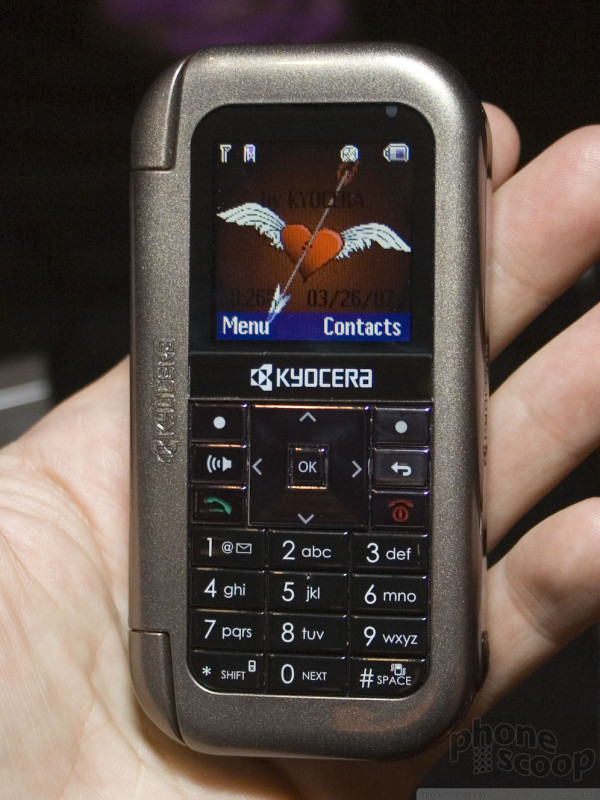





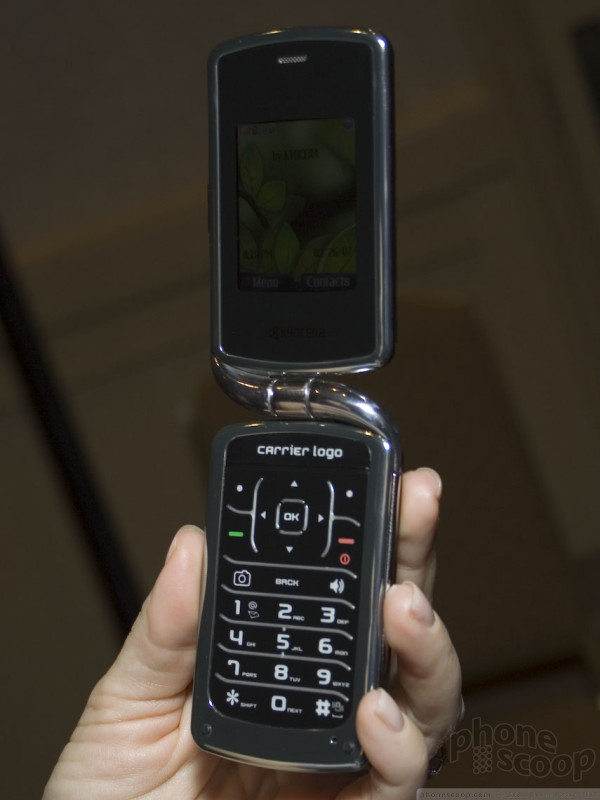








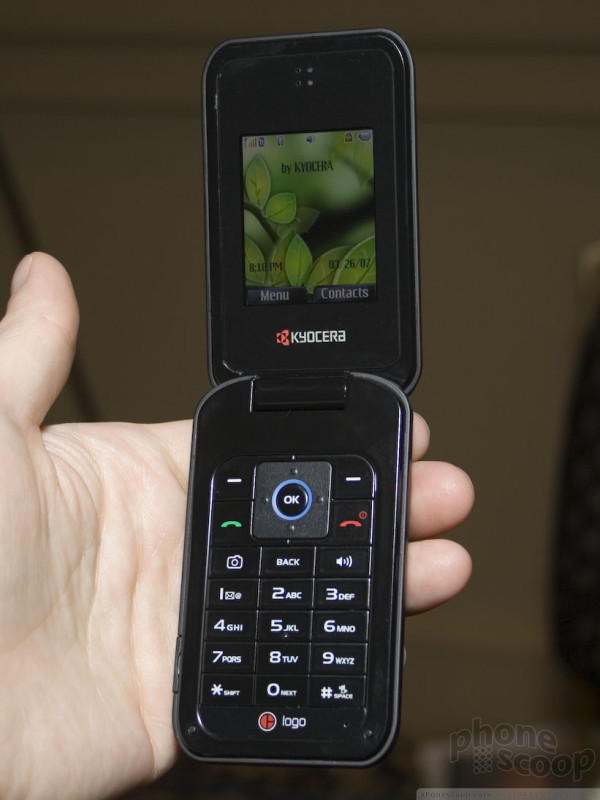




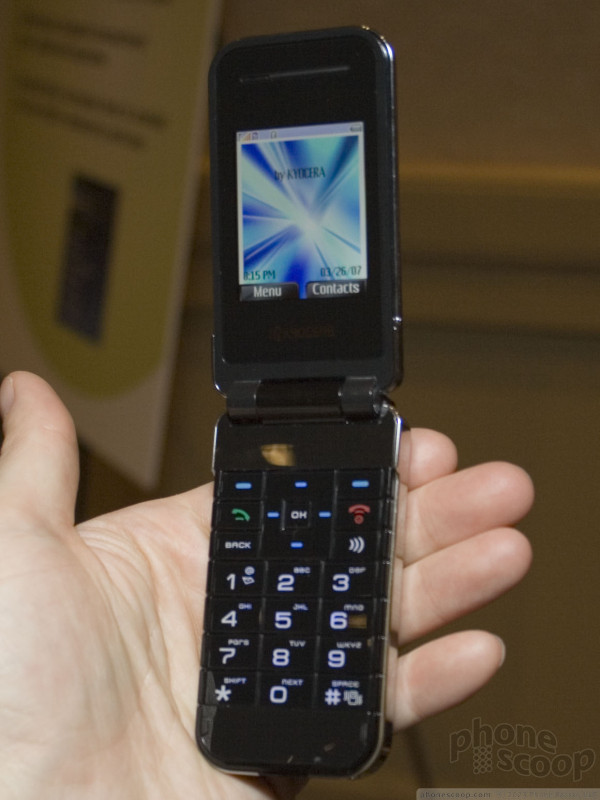



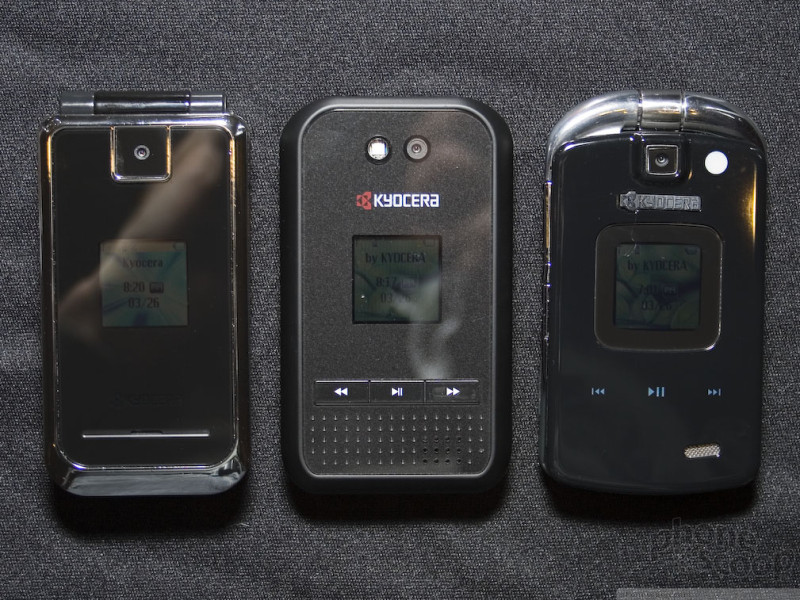


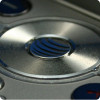 Review: Sony Ericsson Z750
Review: Sony Ericsson Z750
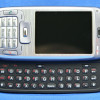 Review: HTC SMT-5800
Review: HTC SMT-5800
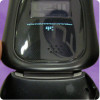 CTIA Fall 2007
CTIA Fall 2007
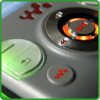 Review: Sony Ericsson W580i
Review: Sony Ericsson W580i
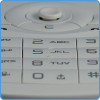 Video Tour: Pantech C150
Video Tour: Pantech C150
 Motorola RAZR maxx Ve
Motorola RAZR maxx Ve
 Pantech Ocean
Pantech Ocean
 Samsung SCH-U540
Samsung SCH-U540

